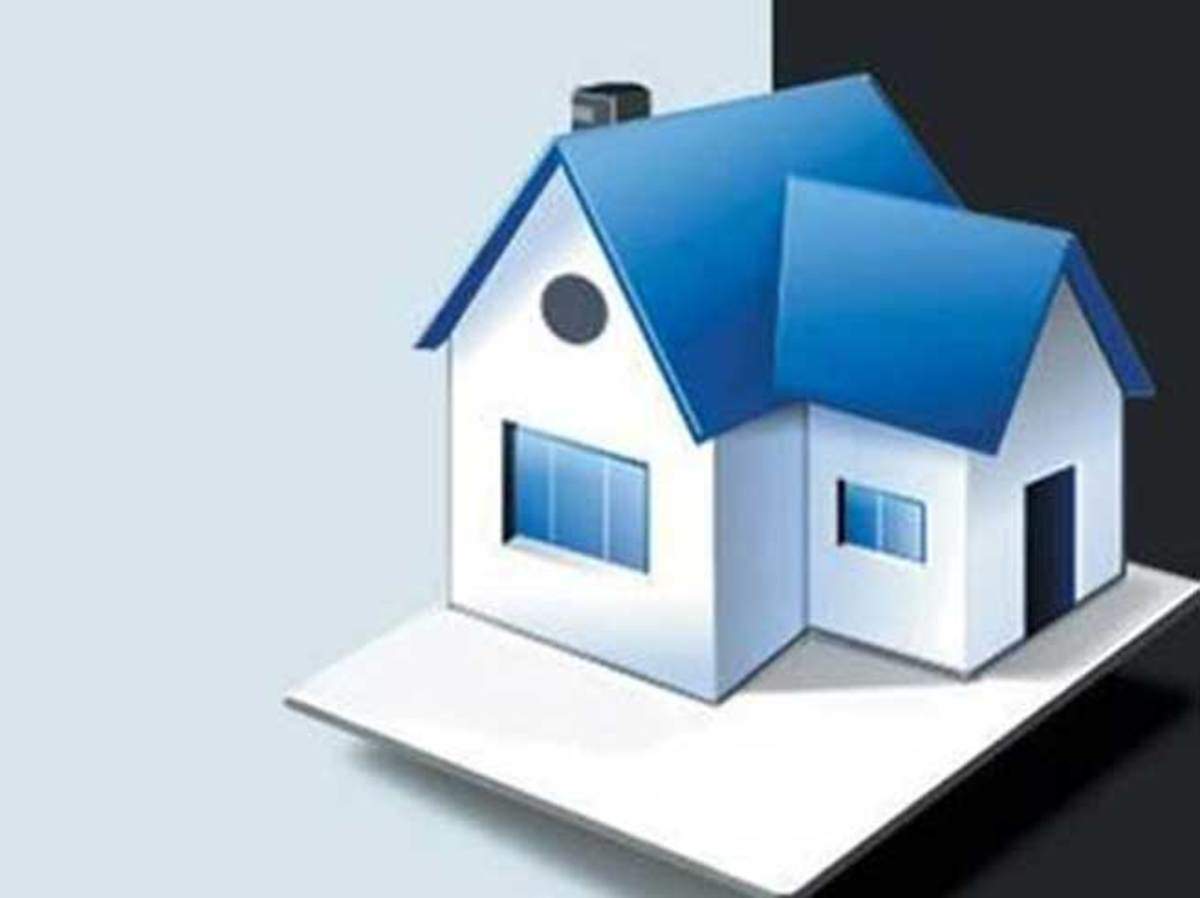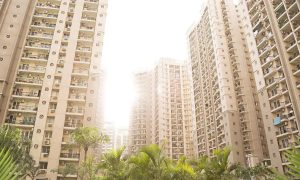While demand slowed in April and May 2021, it picked up in June 2021, indicating a faster comeback in subsequent quarters.
The pandemic’s second wave has altered the future mood of real estate investors in the country. Thanks to a significant decline in Covid cases since May 2021, there’s an upsurge in new launches and we’re witnessing good sales. On the macroeconomic level, the rate of recovery shows a significant pick-up. Stakeholders’ outlook on the overall economic momentum and credit availability is positive due to changes in macroeconomic events.
With the kind of resilience we have witnessed in the sector, especially during the last few quarters, the future sentiment looks upbeat. 2020 was the year that changed everything; and 2021 has seen greater resilience, digital insurgency, and invention which will make the change ‘better.’ While in 2021 we may not be able to overcome the obstacles of a pandemic-affected economy entirety, the groundwork for a sector-wide recovery has already been built.
Despite interruptions, office space absorption has improved over the previous year. Leasing activity has increased in the Delhi-NCR region, particularly since June 2021. Due to strong job growth and the likelihood of future REIT listings, investors are looking for high-quality office assets that are in great demand. To preserve income stability, investors are looking for assets with greater and consistent yields. Meanwhile, persistent sluggishness in the investment potential of residential real estate market and the associated re-investment cycle risks is encouraging more commercial real estate investment.
Investors are getting the steady and reliable returns they want from office properties in Grade A buildings and even logistics facilities. As more individuals are working from home, product metrics are evolving. While office assets are predicted to continue to draw the most investment, defensive assets such as logistics and data centres are expected to grow in prominence. As the economy improves, retail and hospitality investments will also pick up momentum.
Without any doubt, the second wave has slowed the recovery process. Demand in the second quarter of 2021 fell significantly compared to the same period in 2020, which was marked by a complete nationwide lockdown in the aftermath of the COVID-19 outbreak’s first round. Though the sector was technically better prepared to deal with the virus after a year, the intensity of the second wave undermined consumer confidence and slowed the recovery.
However, unlike last year, there is a silver lining in the availability of long-awaited vaccines this time. While demand slowed in April and May 2021, it picked up in June 2021, indicating a faster comeback in subsequent quarters. Compared to Q2 2020, when comparable lockdown conditions existed, sales in Delhi NCR increased 1.5 times; sales in June 2021 accounted for around half of all sales in the second quarter of 2021. In Q2 2021, the Delhi NCR contributed around 20% to overall national sales, second only to Mumbai with a little more than 20%. As the immunisation campaign continues to strengthen the country and the central bank maintains its supportive position, pegging interest rates at historic lows, residential demand is likely to revive strongly in the coming quarters.
(By Navdeep JP Sardana, Founder, Elite Landbase Pvt Ltd)





































